 Abraham Lincoln
If given the truth, the people can be depended upon to meet any national crisis...
Abraham Lincoln
If given the truth, the people can be depended upon to meet any national crisis...
 Guildford news...
for Guildford people, brought to you by Guildford reporters - Guildford's own news service
Guildford news...
for Guildford people, brought to you by Guildford reporters - Guildford's own news service
Birdwatcher’s Diary No.158
Published on: 1 Apr, 2018
Updated on: 1 Apr, 2018
By Malcolm Fincham
On Thursday, March 15 I had first sighting of the year of a sand martin, as it flew overhead on its arrival. Back from Africa, holding some hope in my thoughts that spring was at last on its way?
I couldn’t have been more wrong! Within a few days another blast of unseasonably cold easterly winds pushed though the country. Although not as severe as ‘the beast from the east’ we experienced at the start of the month, it was enough to bring more snow to Surrey and put another temporary hold on spring’s arrival.
At the Riverside Nature Reserve near Burpham, by the afternoon on March 18, the snow was slowly starting to thaw.
Although a quiet one for wildlife, the visit there was a worthwhile one, if just for its atmospheric scenery.
Along the snow-covered boardwalk a few “Jenny” wrens could be seen and heard making their machine-gun like calls.
Among the many black-headed gulls on Stoke Lake, the only thing noteworthy was a common gull.
Around the southern end of the lake a dozen or so meadow pipits could be seen feeding between the gaps in the snow.
While near to them a song thrush joined in.
A lone fieldfare was present, no doubt awaiting the next westerly wind to aid it back to its summer home in Scandinavia.
A few redwings were also still present, their “seeping” sounds heard as they perched on the snow-covered branches of trees beside the towpath.
A group of nine siskins also could be seen feeding on alder cones.
While, in a dead tree by the scrape near Stoke Lock, an Egyptian goose perched in its topmost branches.
At the sewage works nearby, where temperatures were a few degrees warmer, pied wagtails could be seen feeding on the filter beds.
Joined by a few grey wagtails.
The most surprising observation of the day was the welcoming sight of a snowman as I entered the open hide at the far end of the boardwalk.
By the time I got to visit Newlands Corner, with Bob, on March 23, the weather had warmed up a little.
Birds were still actively visiting the feeding station by the café, in the car park.
Among the variety of more common species there, was a marsh tit, immediately recognised by its shiny black head as it bent down to pick up what looked like a sunflower seed, that had fallen out of one of the feeders on to the ground.
The much rarer (though very similar) willow tits, have duller, more unkempt looking black cap, that doesn’t extend as far down the nape. And to-date, continues to elude my camera lens.
Meanwhile, safely tucked away inside a feeding cage, fully protected from a possible sparrowhawk visit, was a nuthatch.
The main reason for our visit was in the hope of getting some more views of those hawfinches that have continued to grace our Surrey countryside. Walking in a northerly direction from the car park, it wasn’t long before we could hear their ‘ticking’ calls.
While Bob caught sight of at least 20, flying out from the canopy of some trees nearby, at least 10 could be heard in the tree above us.
The hardest part was attempting to pick one out. Once they settled, they were hard to spot among the branches overhead. The only advantage for us, was that buds had not yet turned to leaf on the trees. Eventually we located a few and got some pictures.
Adding to the day’s sightings later that morning, while walking through Clandon Park, we were taken by surprise to see a bat, out flying in daylight. Attempting a few record shots, I sent them off for confirmation of its identification.
The message I received was: “One of the photos in particular show narrow, pointed wings, so it could confidently be identified as a noctule bat”.
Not far away in Woking, a peregrine nest box was installed at Export House in January 2016. About a month after the box was installed peregrines were seen entering the box and making it their home and successfully raised in two chicks.
Last year, five chicks hatched, growing up quickly and healthily, a success that is hoped to continue this year. Fitted with an internal web cam to record developments, so far this year, five eggs have been laid. The continuing saga can be viewed via this link. http://www.wokingperegrines.
Advancing technology also continues to help monitor other species of wildlife. This now includes cuckoos. They have declined by half in the past 20 years and now much can be learned of the reasons why.
https://www.bto.org/science/
Unsurprisingly, there was no sign of any spring arrivals at Farlington Marshes when we visited there on Monday, March 26, Although pleasantly sunny on our arrival, it still felt quite cool for the time of the year.
Around 400 Brent geese could still be viewed around the reserve.
A large contingent gathered for a while, washing and preening in the main lagoon.
While another impressive flock took flight from the fields beyond circling the reserve.
A few pintails and wigeons were still present.
As was the spoonbill we saw fly into reserve on our previous visit there on March 11, although still quite distant to view.
Several skylarks sang overhead.
My personal favourites of the day were a small group of bearded tits, mostly female, viewed at close quarters, in the reed beds, near to the visitor hut. Unfortunately, the sun was in the wrong quarter, making them a difficult challenge to photograph.
We visited Thursley Common on our way back. Although the day was still quite cool, the sun was warm enough to bring my first sighting this year of a lizard soaking up the little bit of warmth drawn on to the boardwalk.
It was also warm enough to get the hint of a coconut smell in the air from the blossoming gorse. On one of the gorse bushes I even managed to get a photo of a Dartford warbler.
Stonechats seemed to be getting more territorial there, perched on shrubs and singing, often with a female in the males’ sights and not too far away.
In a wooded area there I spotted a grey squirrel as it collected bracken. Unaware of my observations, I took a few photos as it climbed the tree with its newly found nesting material.
Eventually spotting me as it poked its head out of the hole in the tree where it had been filling its dray.
The best sighting of the day was a singing woodlark. My first of the year, flying over my head.
I also got some bonus shots as it perched on a dead tree stump, not far away.
On Tuesday, March 27, while out in my garden, I spotted my first comma butterfly of the year.
More marvellous later in the day was an “intruder” in my garden. It was a hedgehog, and first I have recorded seeing on my property since August 2013!
Responses to Birdwatcher’s Diary No.158
Leave a Comment Cancel reply
Please see our comments policy. All comments are moderated and may take time to appear. Full names, or at least initial and surname, must be given.Recent Articles
- City Gain First Away Win at Thatcham
- Letter: Stoke Mill Needs Protection
- Letter: Why Is No One Applying to Waverley Council’s CIL Review Scheme?
- Highways Bulletin: Supporting You Through Local Roadworks
- Warning Over Rising Risk of Type 2 Diabetes in Guildford
- Letter: The Lack of Political Will to Fix the CIL Issue at Waverley Is Worrying
- Notice: Heritage for All
- Letter – Waverley Council’s Answers on CIL Just Don’t Make Sense
- Cyclist Seriously Injured in East Clandon Collision – Police Seek Witnesses
- GBC Admits ‘Significant Failings’ Over Couple’s Home Improvement Ordeal



Recent Comments
- Jan Messinger on Community Governance Review Explainer
- Maria Dobson on Letter: The Lack of Political Will to Fix the CIL Issue at Waverley Is Worrying
- Ian Colvin on Letter: The Lack of Political Will to Fix the CIL Issue at Waverley Is Worrying
- S Callanan on A3100 Guildford to Godalming Portsmouth Road Re-opened
- Tony Harrison on A3100 Guildford to Godalming Portsmouth Road Re-opened
- Murray Rowlands on Woking Council’s Big Bailout – Government Gives Extra £75m
Search in Site
Media Gallery
Dragon Interview: Local Artist Leaves Her Mark At One of England’s Most Historic Buildings
January 21, 2023 / No Comment / Read MoreDragon Interview: Lib Dem Planning Chair: ‘Current Policy Doesn’t Work for Local People’
January 19, 2023 / No Comment / Read MoreA3 Tunnel in Guildford ‘Necessary’ for New Homes, Says Guildford’s MP
January 10, 2023 / No Comment / Read More‘Madness’ for London Road Scheme to Go Ahead Against ‘Huge Opposition’, Says SCC Leader
January 6, 2023 / No Comment / Read MoreCouncillor’s Son Starts Campaign for More Consultation on North Street Plan
December 30, 2022 / No Comment / Read MoreCounty Council Climbs Down Over London Road Works – Further ‘Engagement’ Period Announced
December 14, 2022 / No Comment / Read MoreDragon Interview: GBC Reaction to the Government’s Expected Decision to Relax Housing Targets
December 7, 2022 / No Comment / Read MoreHow Can Our Town Centre Businesses Recover? Watch the Shop Front Debate
May 18, 2020 / No Comment / Read More



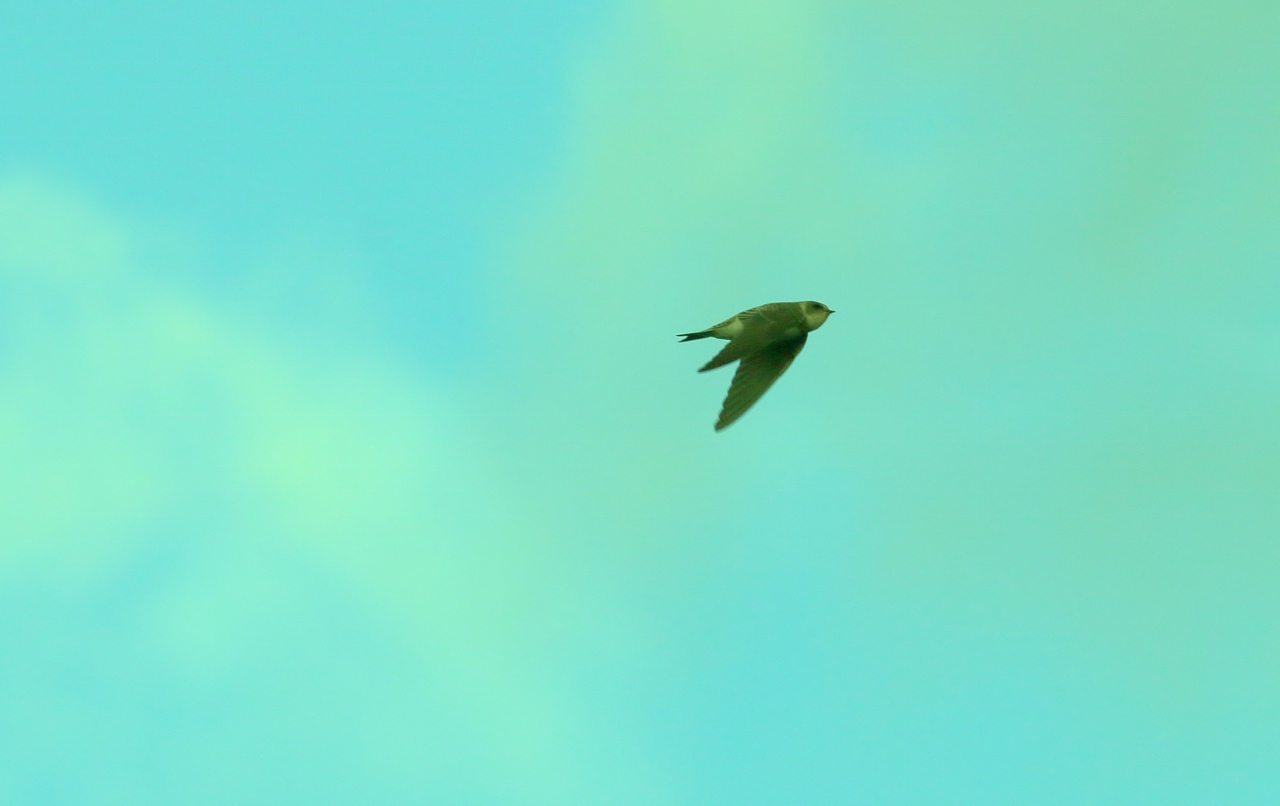
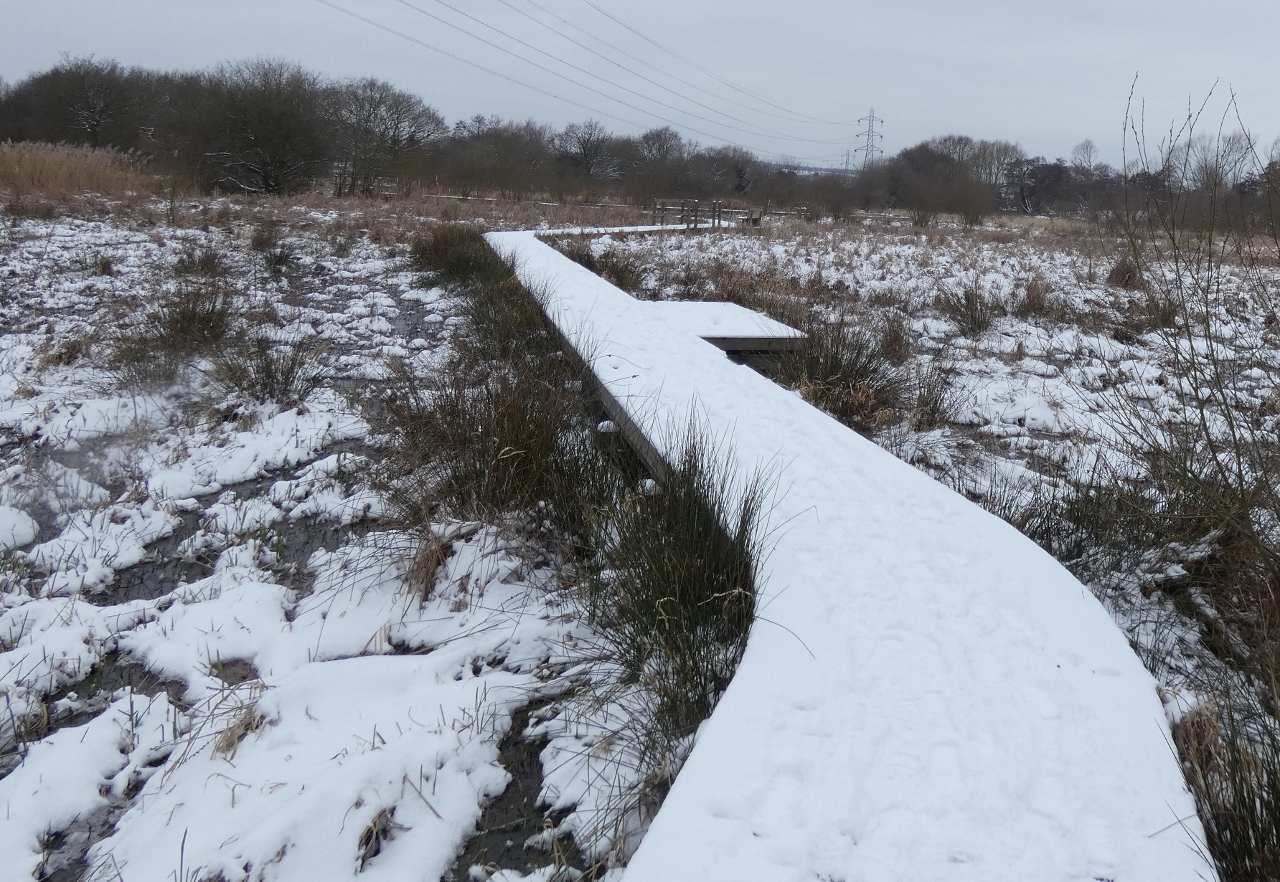
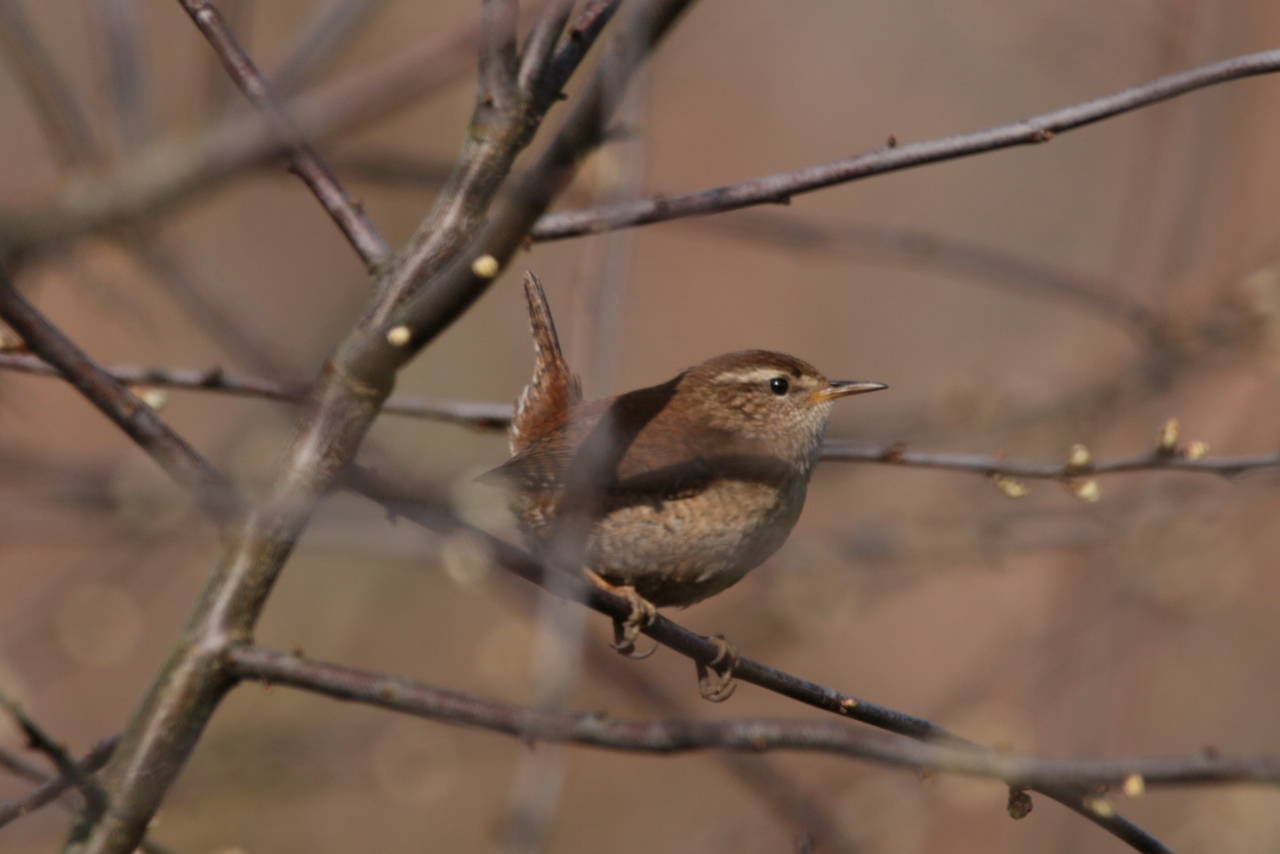
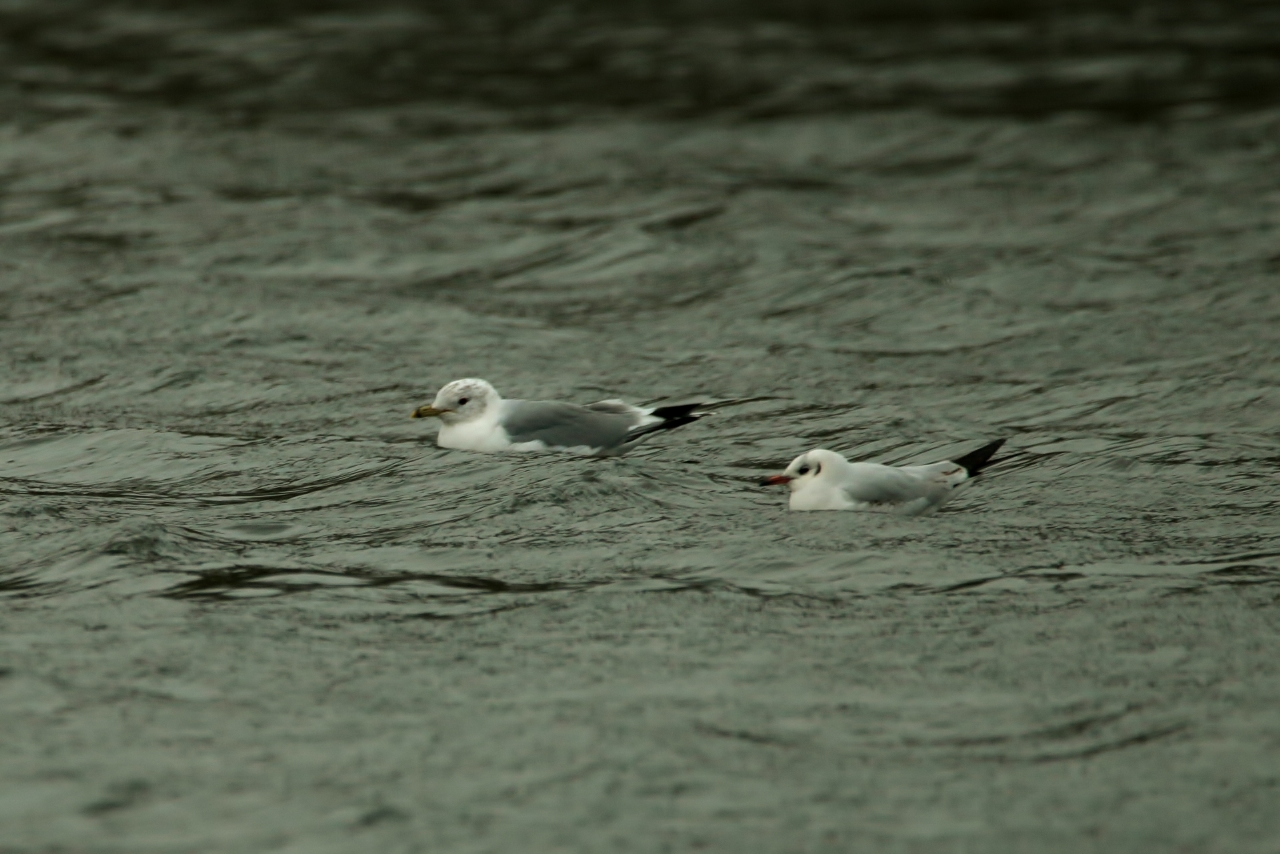



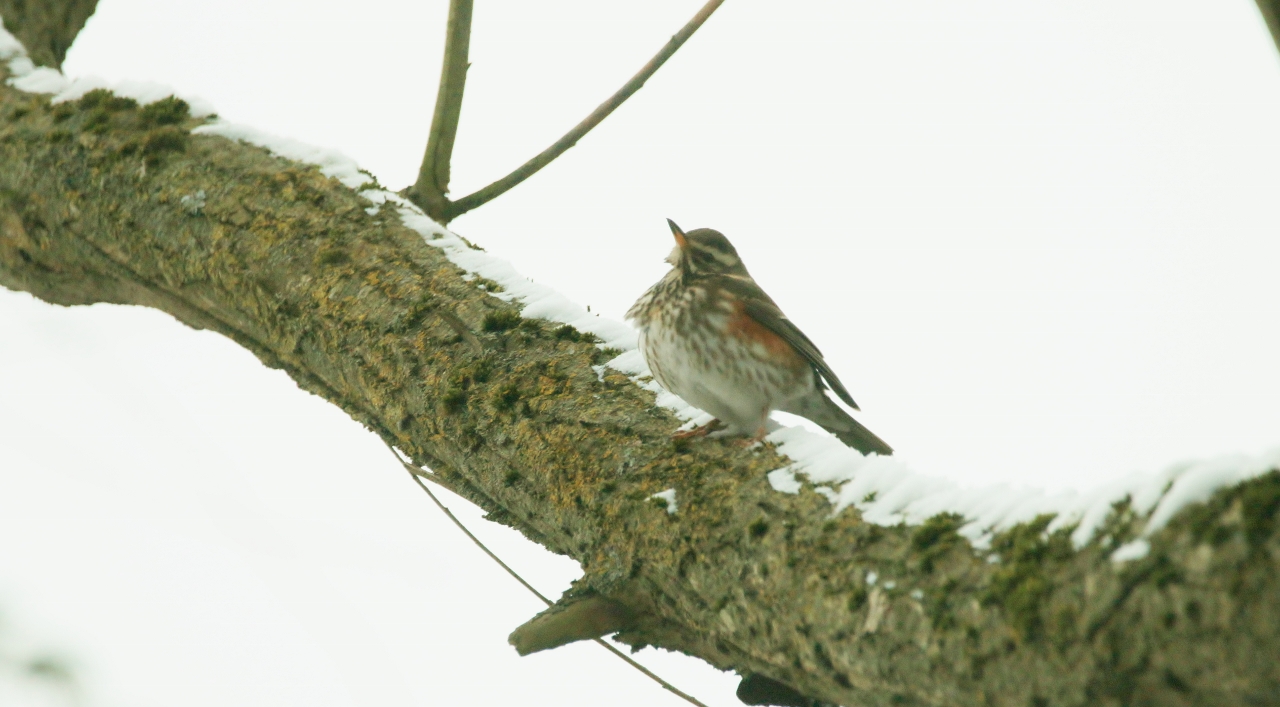

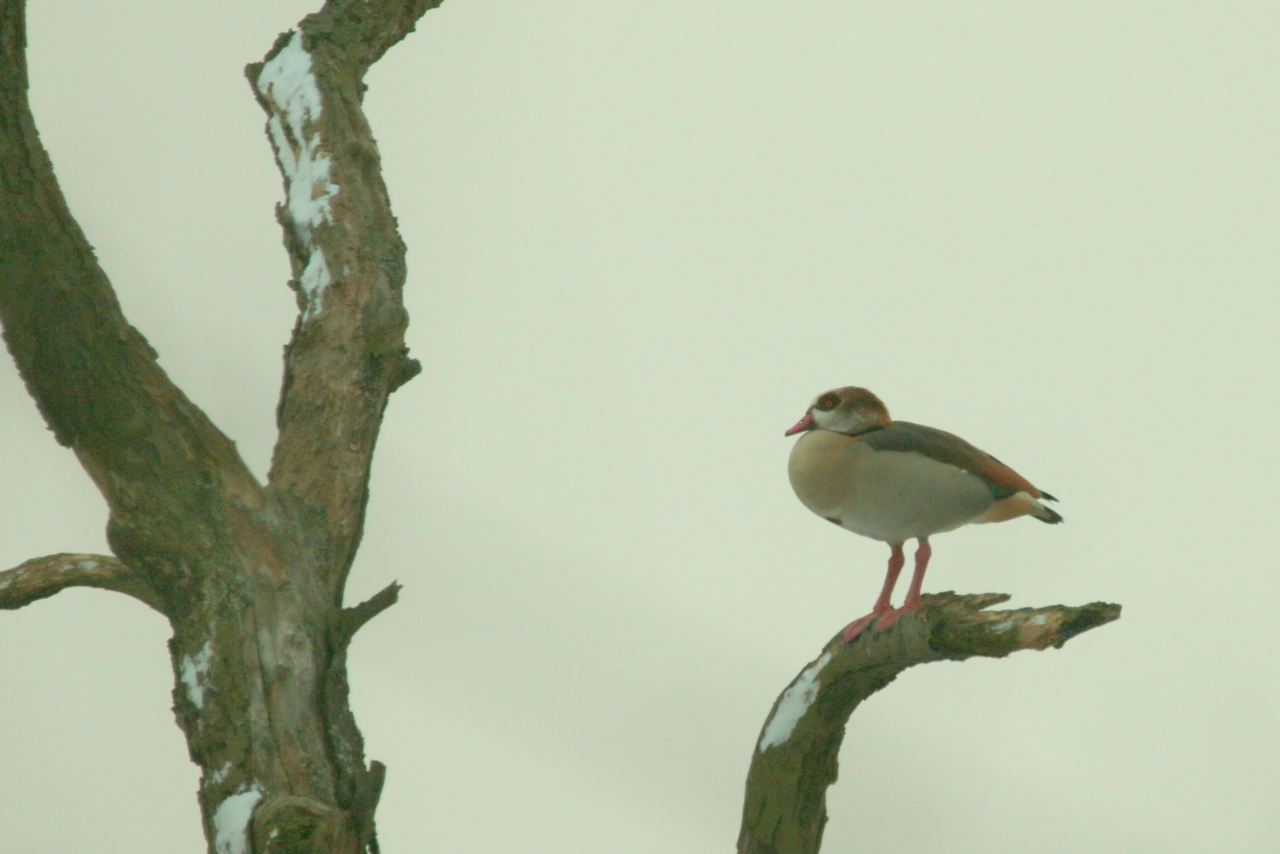
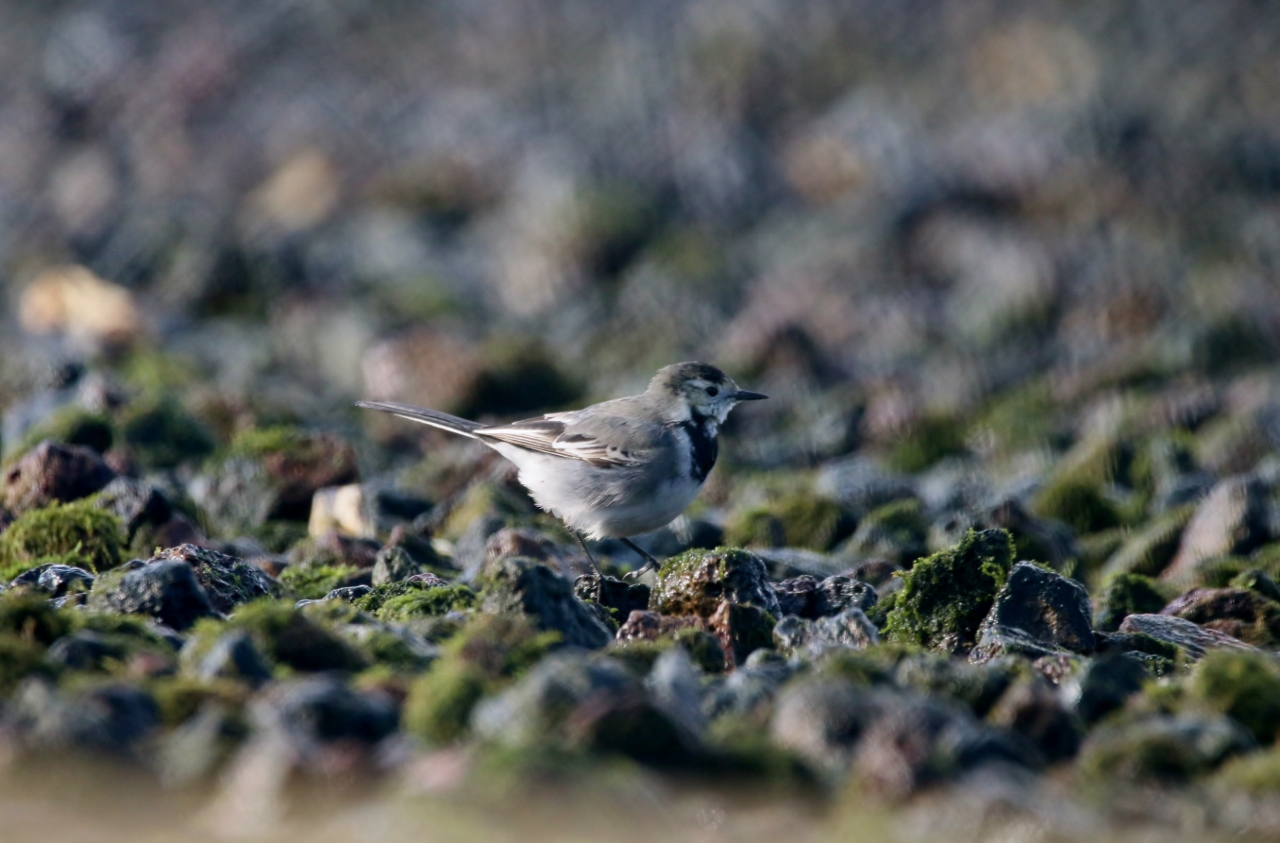
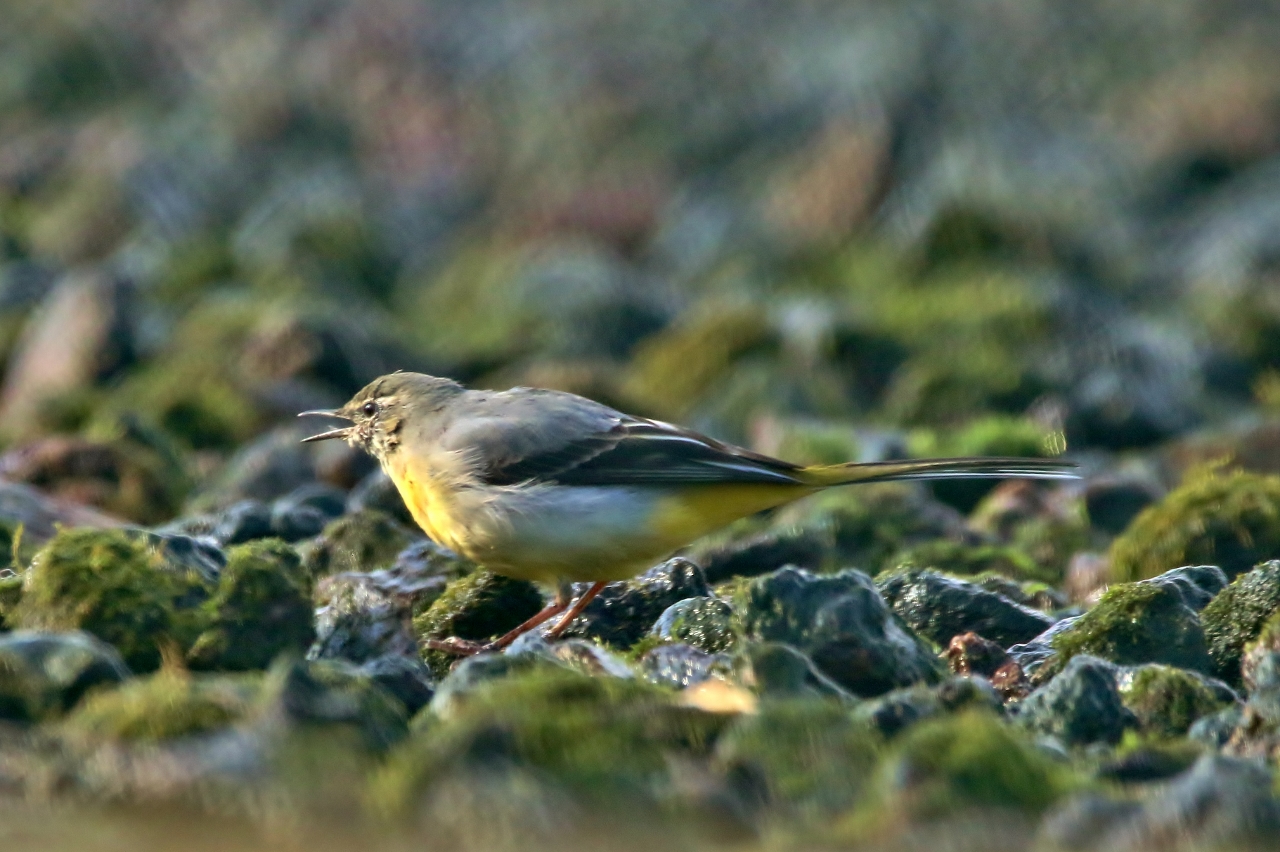
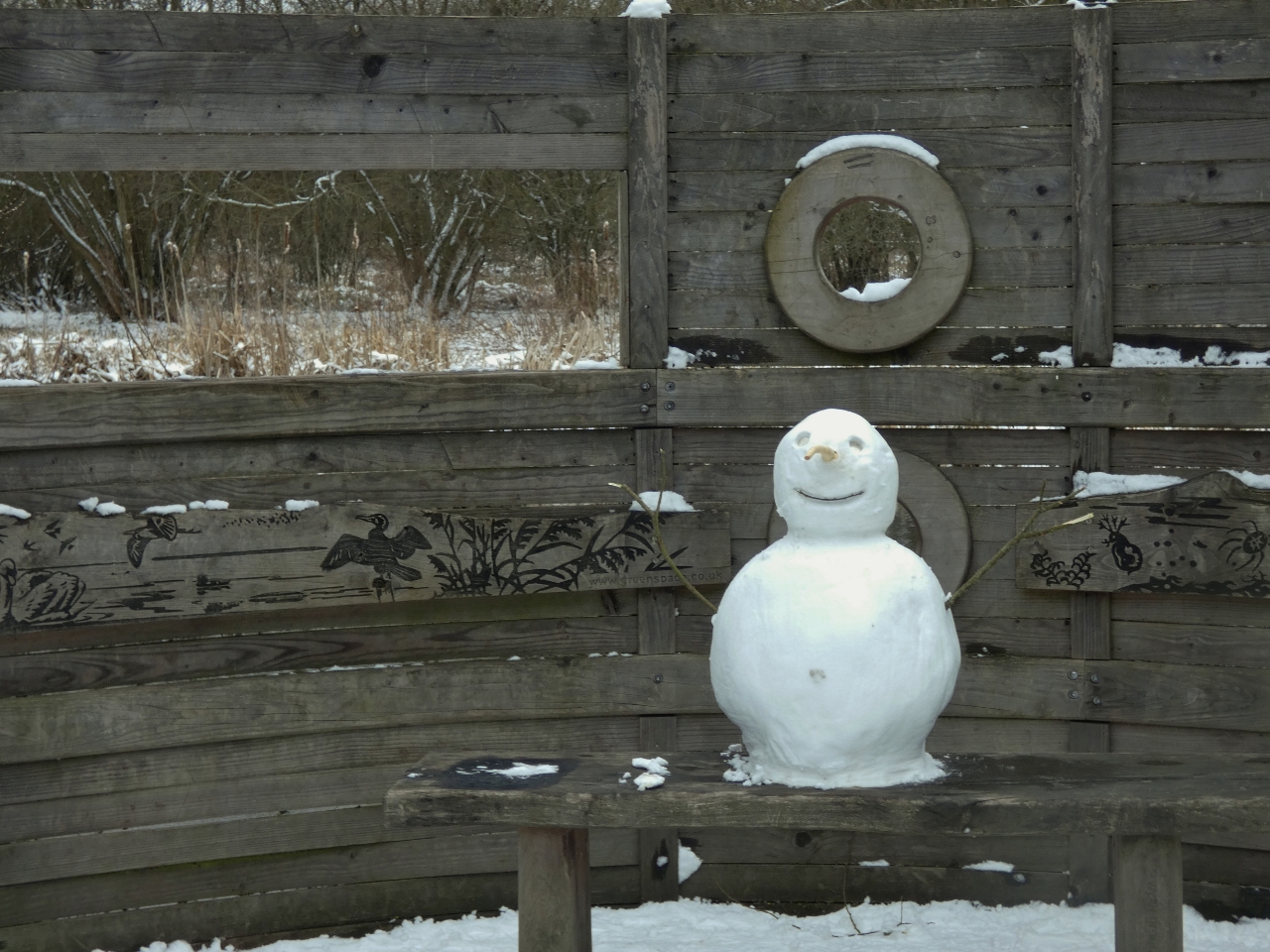

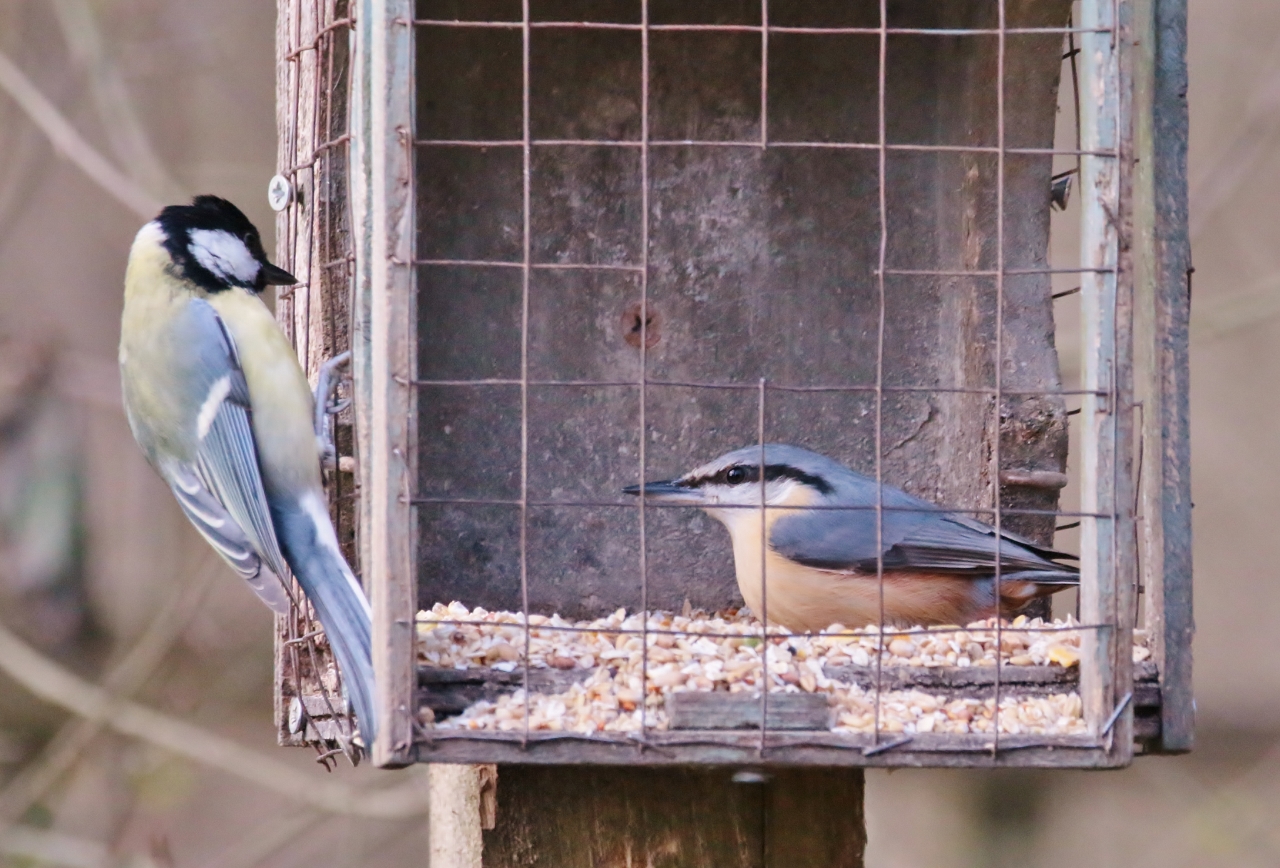
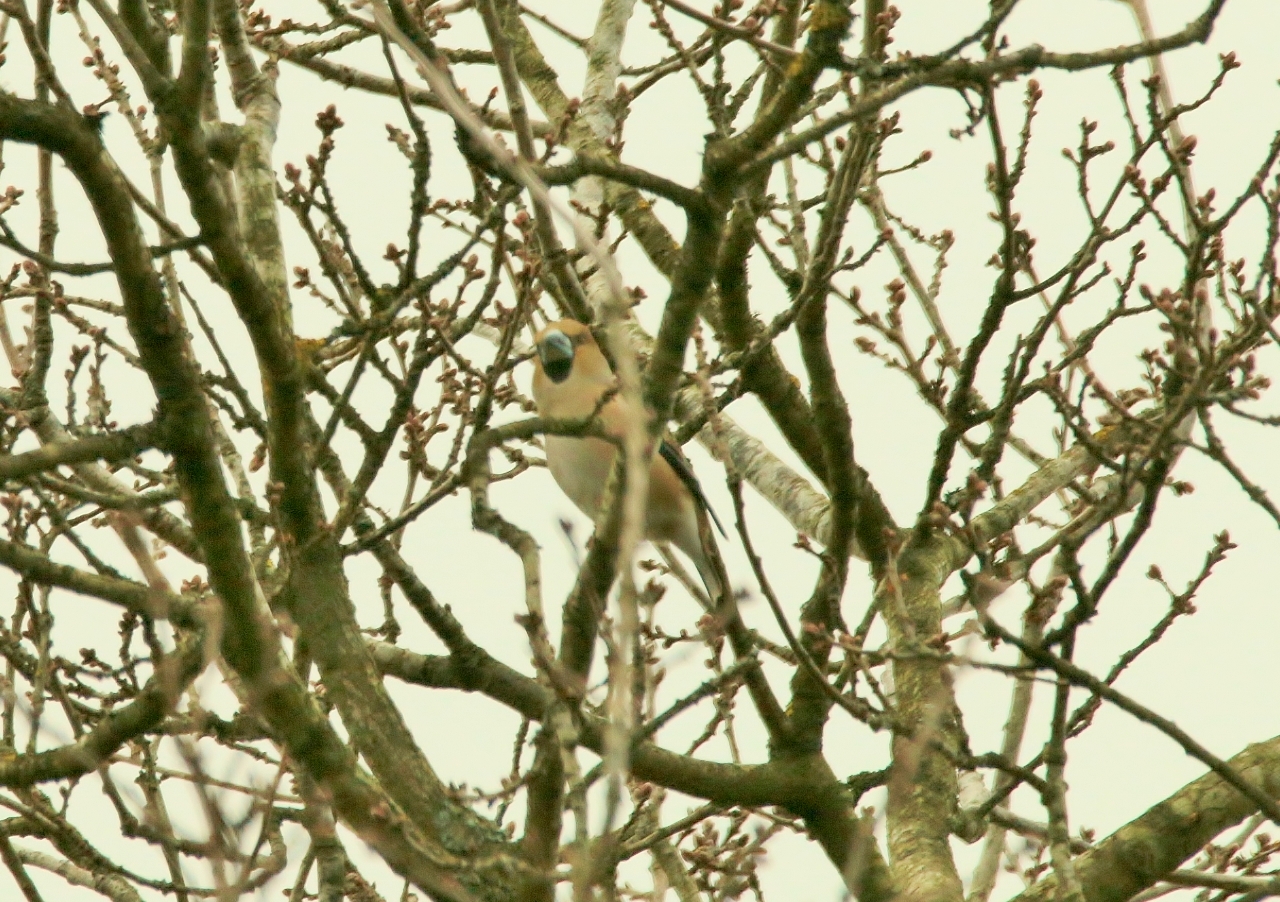
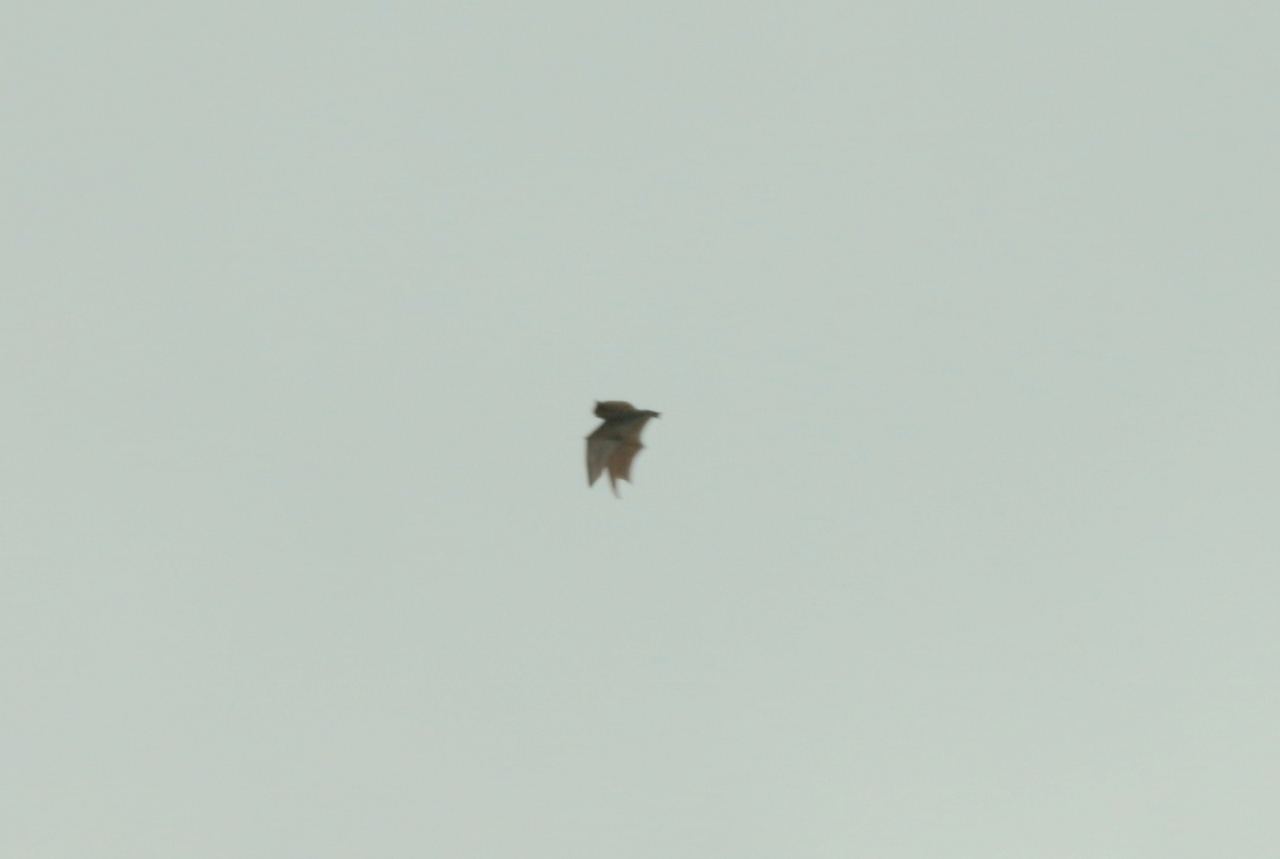




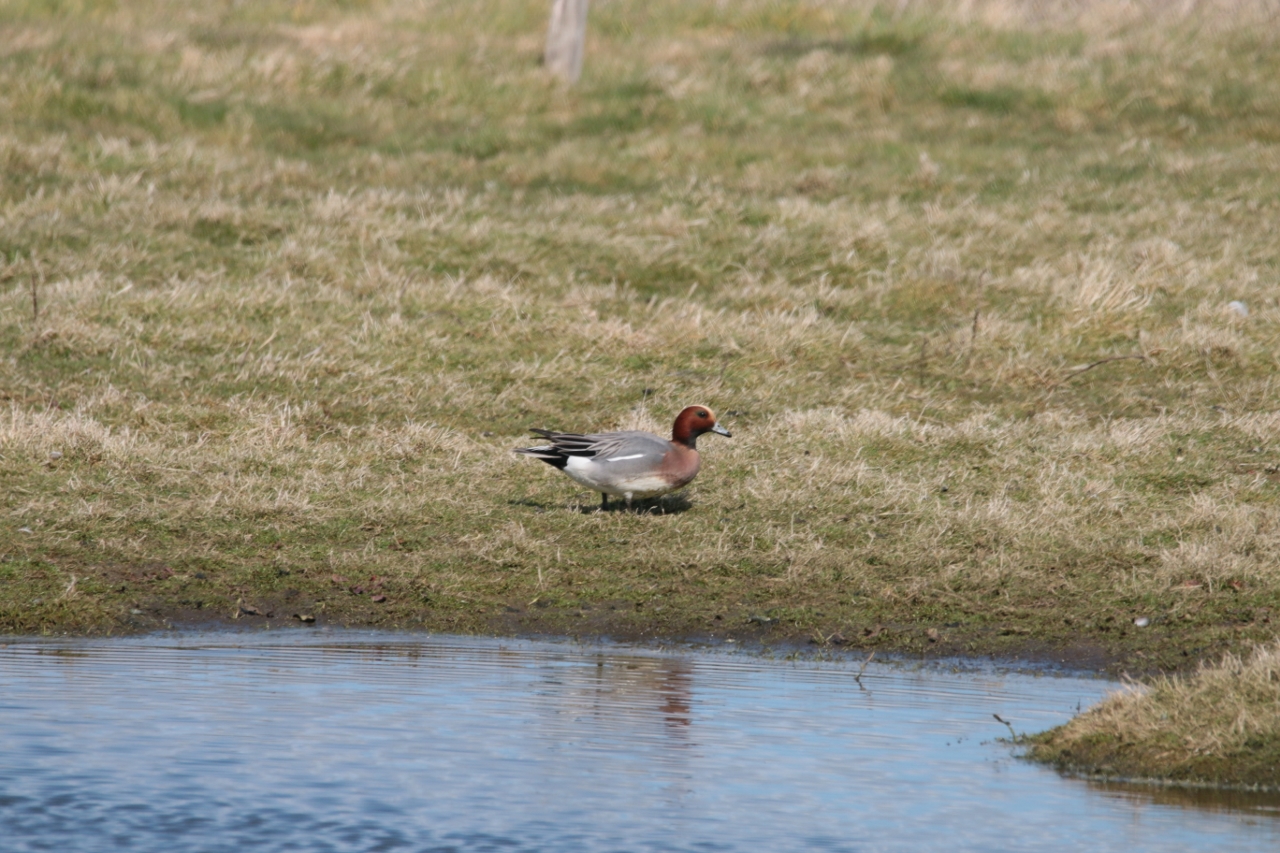
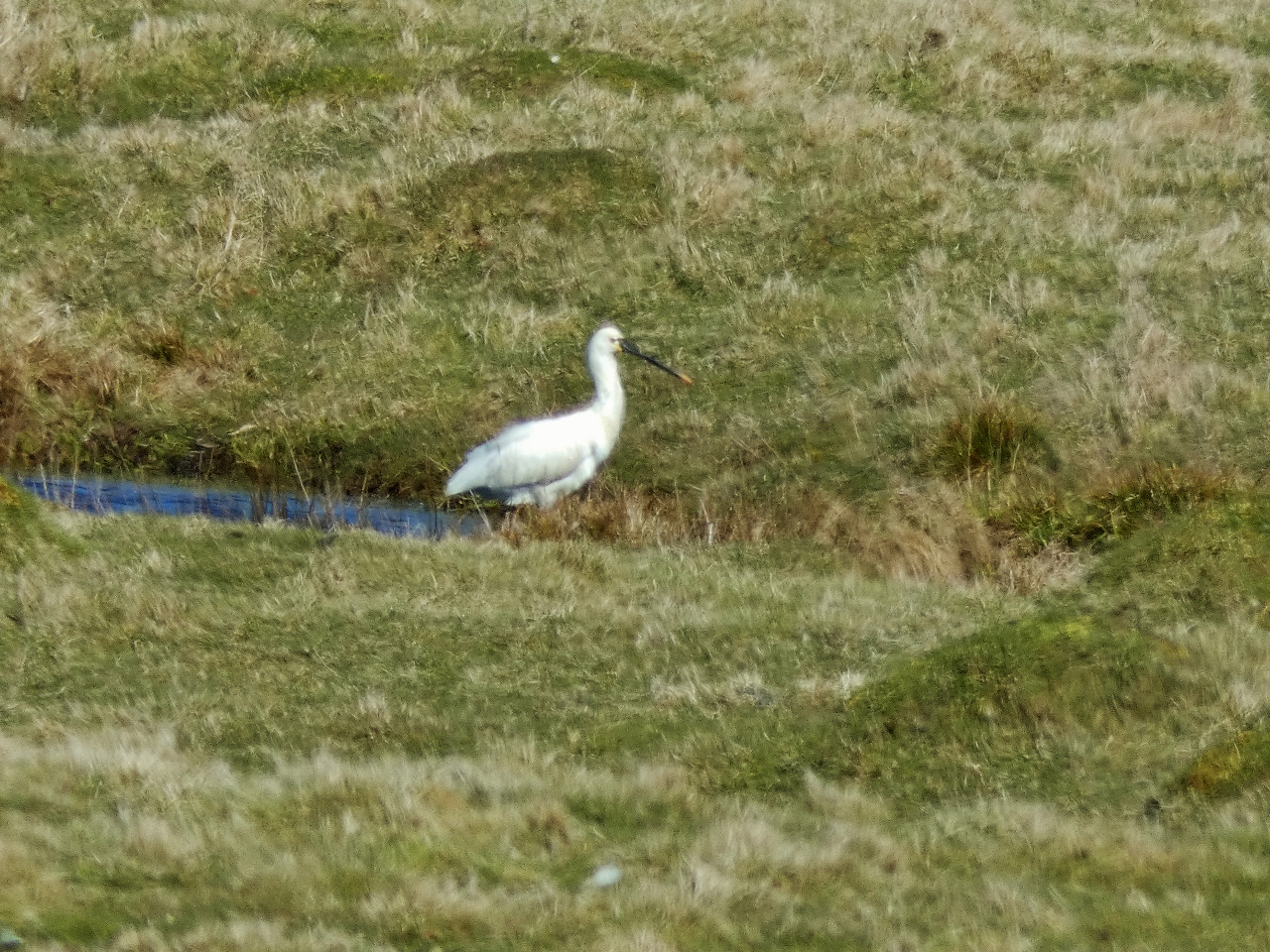


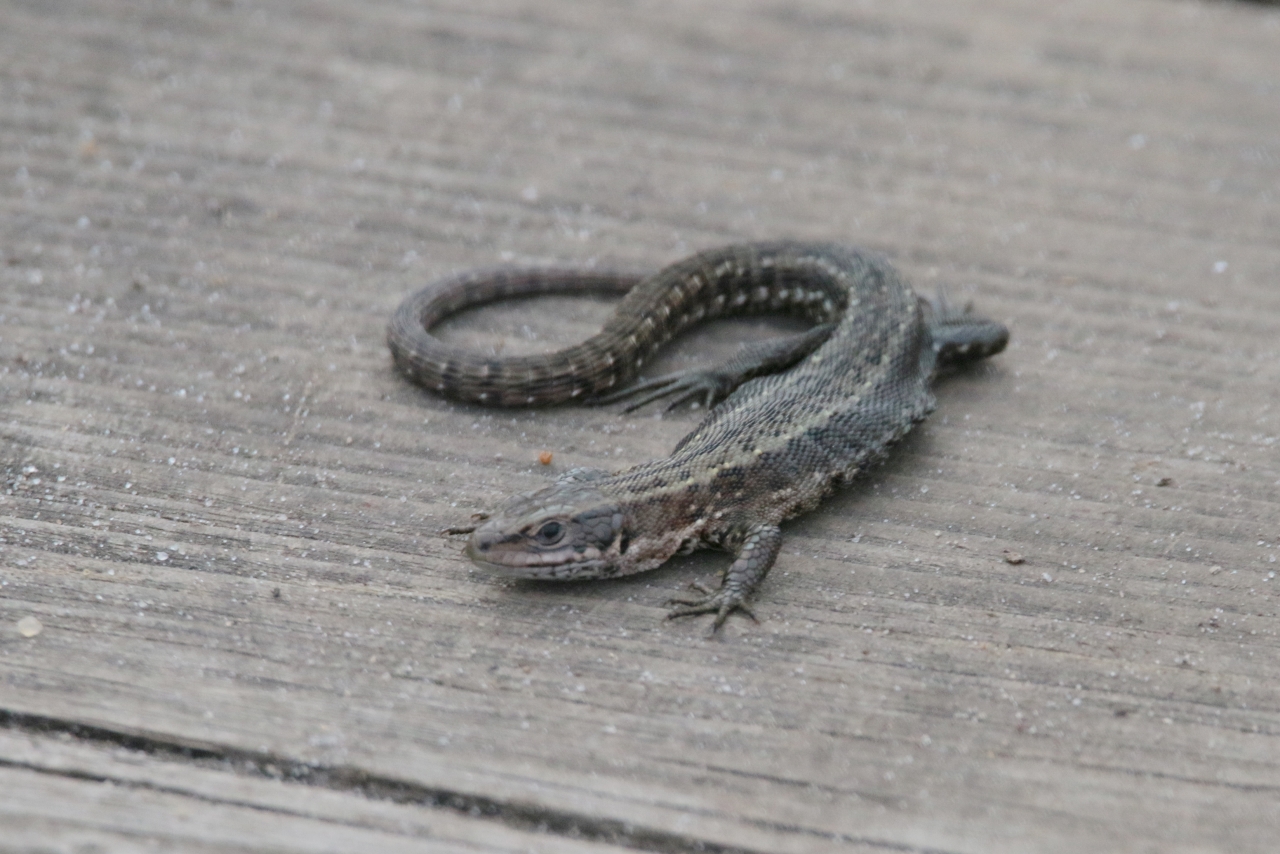
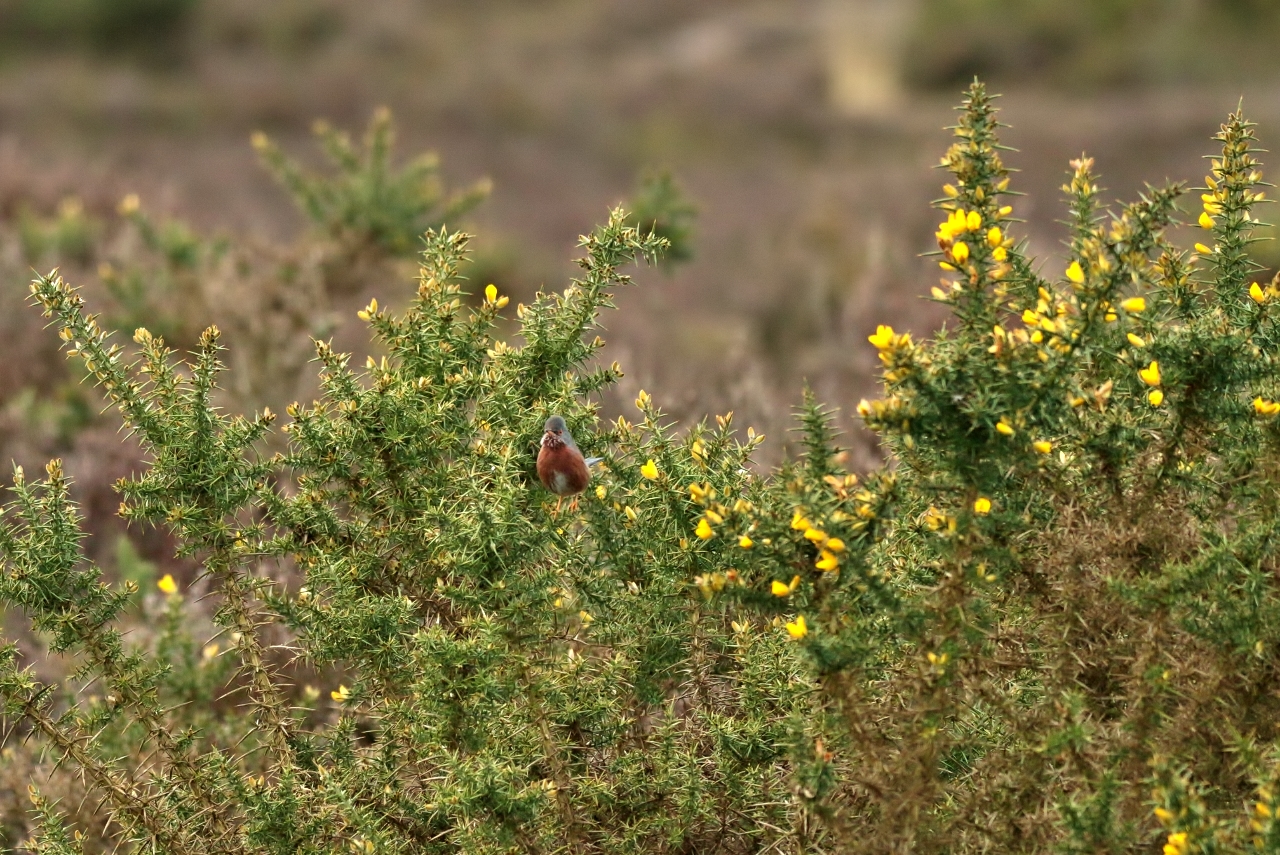
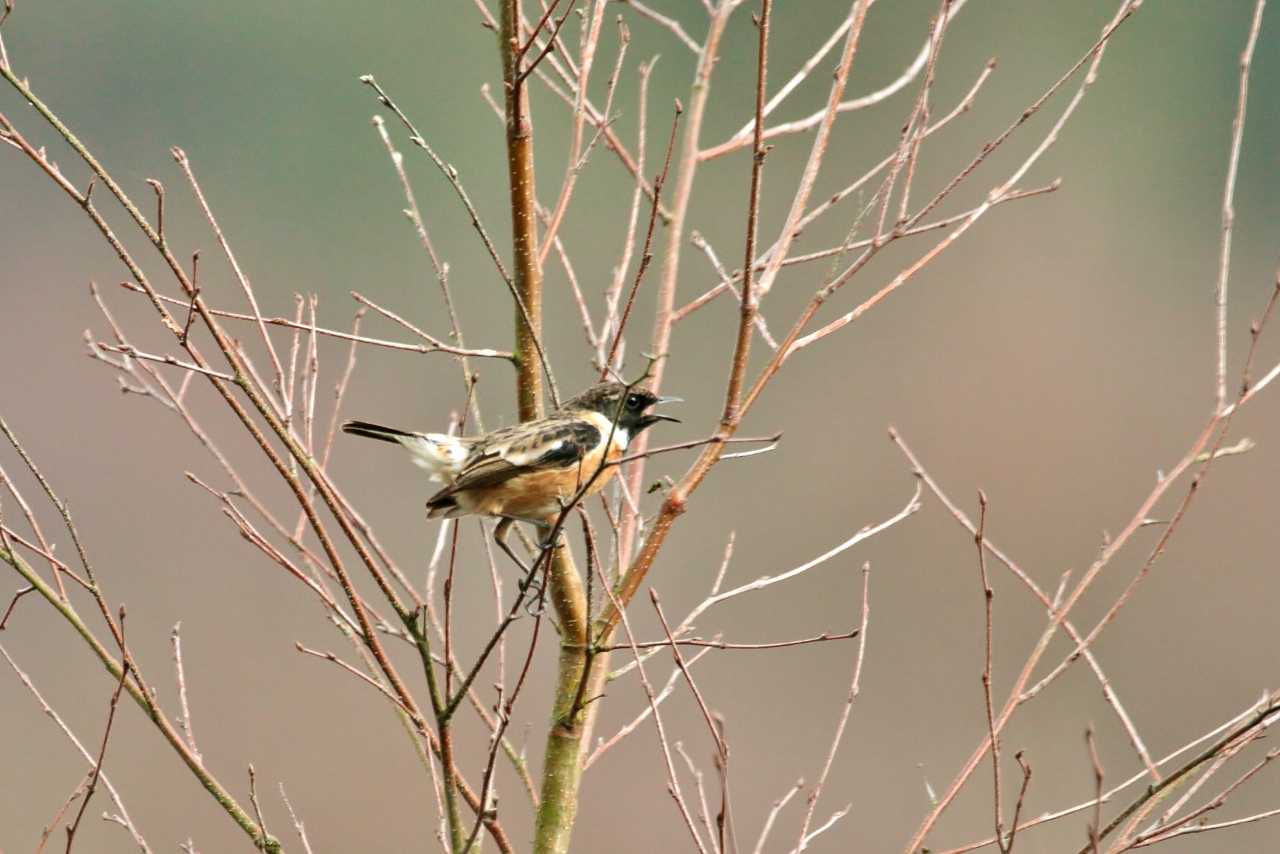
















Steve
April 1, 2018 at 11:00 am
Excellent month.
Great job Malcy. Keep up the brilliant work.